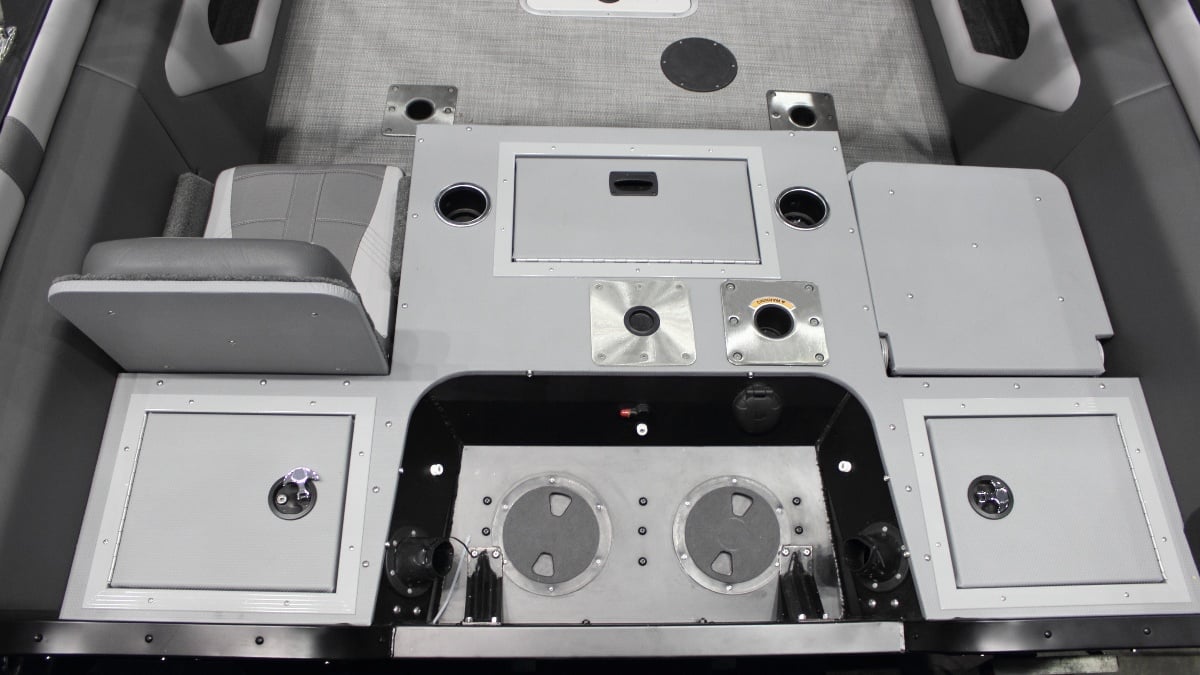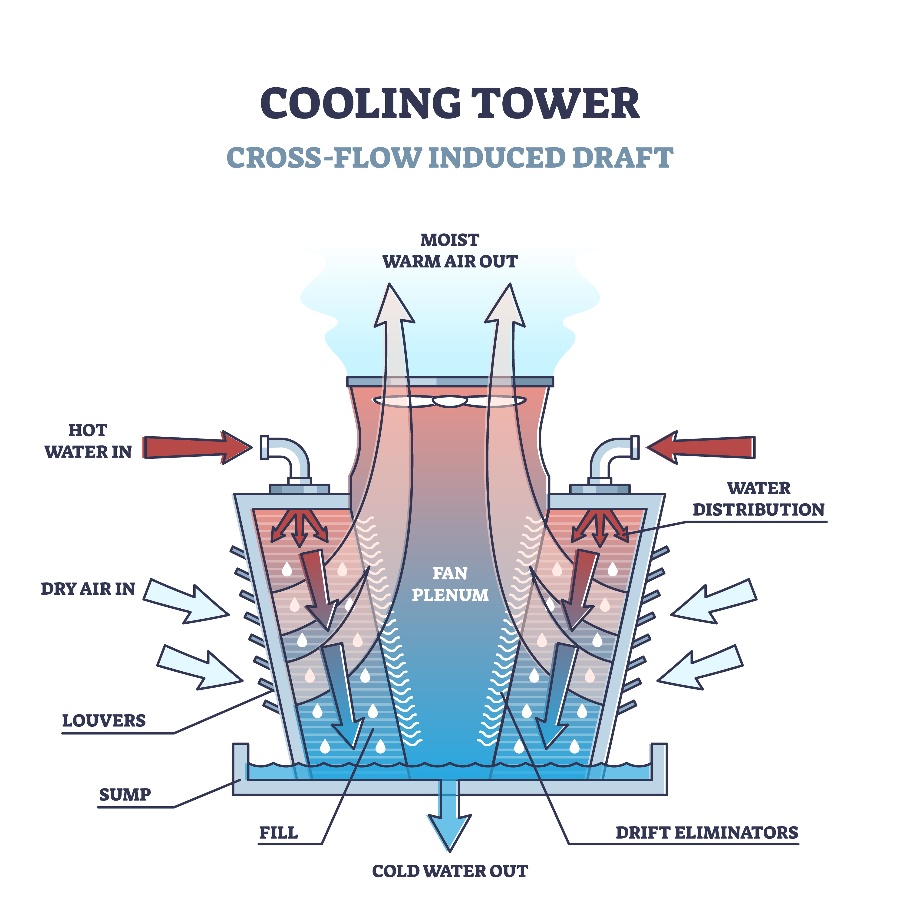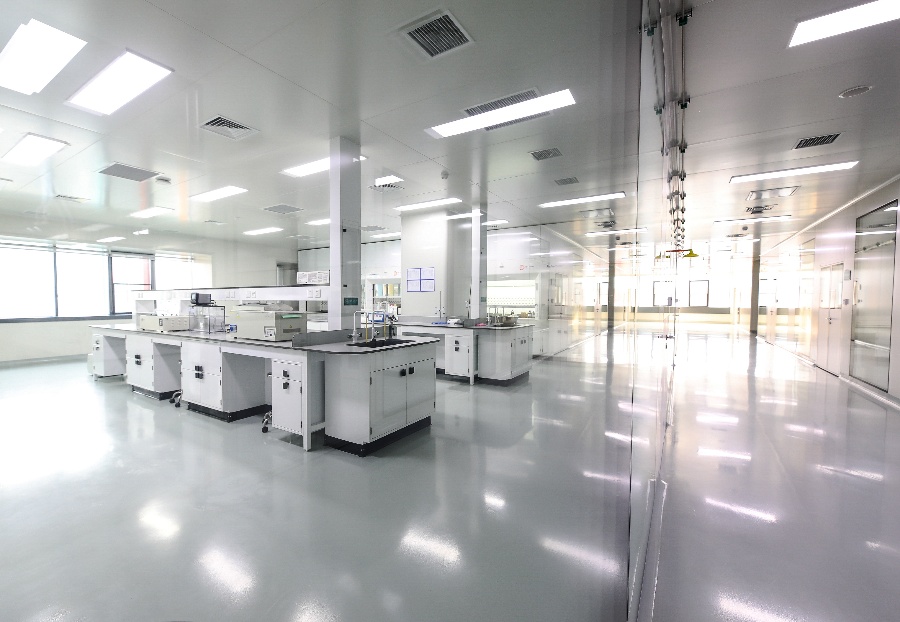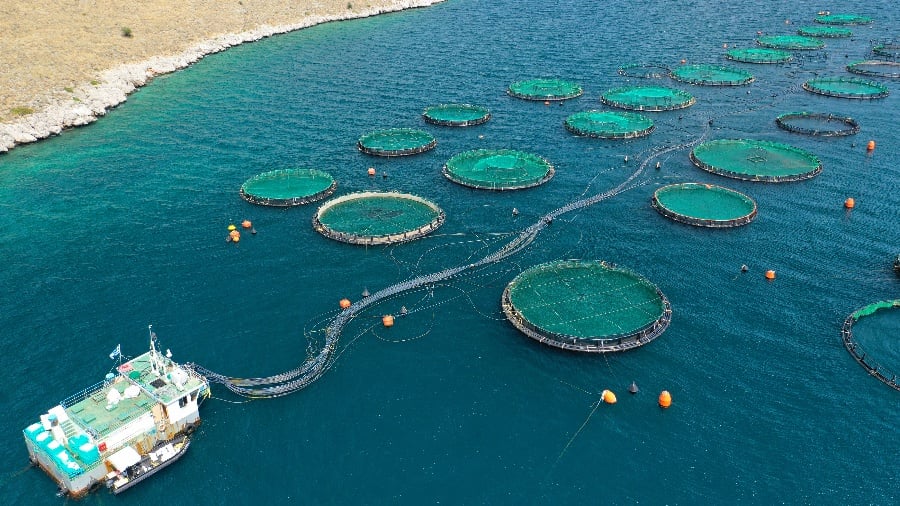
When you pause to notice, it is amazing how many different materials we use on a daily basis.
The natural world has an abundant supply of substances with different properties, and human beings have been incredibly inventive in finding ways to put these properties to use. We have found, however, that even more possibilities are opened up by combining the materials in the world around us in different ways to form new materials. One class of such materials is composites.
Put simply, a composite is a combination of two or more different materials to yield a new material with distinct properties. Not all combinations of materials are composites, however. The key distinction for a composite is that the materials joined together do not dissolve or mix into each other in such a way that they become indistinguishable. The individual components remain distinct.
In combining substances, composites allow us to bring together the strengths of different materials to end up with a final product that is better than its constituent parts.
In this post, we’re going to take a brief look at the history of composites before discussing types, advantages, and some common modern uses.
The History of Composite Materials
Composites have been around for a long time. We can see examples about as far back as recorded history goes. One of the earliest uses was in building materials. Mud bricks dried in the sun were commonly used in Mesopotamia and ancient Egypt for houses and other structures. While cured mud has a reasonable compressive strength (how much it resists crushing), it isn’t so good at resisting stretching or pulling (tensile strength). People found that the addition of straw greatly strengthened the mixture, giving them safer and more durable dwellings.
This principle of combining materials for greater strength was also used in ancient Mesopotamia to create an early form of plywood. Ancient warriors also combined materials to make composite bows of greater power and dependability.
One of the greatest feats of engineering in the ancient world was accomplished through the use of composites. The Romans built the massive 142-foot wide dome of the Pantheon using concrete, a composite of cement with other materials like sand and stone. The Romans, in fact, had a special ingredient: volcanic ash, which resulted in a finished material of particular strength.
Composites have been used for less utilitarian purposes as well. If you have ever created something from paper-mâché, you have made a composite of paper and glue. This composite has been used for hundreds of years for decorative and other purposes.
The 20th century saw rapid advances in composite materials made possible by two key developments: improvements in the production of glass fibers and the formulation of modern plastics.
Though glassmakers throughout history have been able to make glass fibers to some extent, the ability to efficiently and cheaply produce glass fibers on an industrial scale did not arrive until the 1930s. The first synthetic plastic that could be set using heat, Bakelite, was invented in 1907. These two were combined in 1935 by the Owens Corning Company to create the first fiber-reinforced polymer (or plastic). This was the first instance of what we now call fiberglass, one of the most widely used composite materials today.
Since that time, researchers have developed other fibers and a wide variety of plastic resins that allow us to keep pushing the boundaries of what composite materials can do. One of the more significant newer fibers in use is carbon fiber, which can be manufactured in forms that are incredibly light and strong.
Types of Composites
The most common type of composite material combines a matrix, usually some kind of plastic, with a reinforcing material, typically some kind of fiber. Most often, the plastics used are thermosets. They begin in a liquid form and are hardened when heated to a certain temperature. This is not a reversible process. After curing, such plastics can actually be very heat resistant. Thermoplastics are also sometimes used. These do not permanently set but can become liquid again when heated to the appropriate temperature.
Composites can also be created by layering materials on top of one another. Plywood is a common example of this. It consists of glue and alternating layers of wood oriented in different directions.
Benefits of Composites
As we saw above, humans have been using composites for a long time — and for good reason. They allow us to create materials that combine the advantages of their individual components. Probably the most important benefit we get from composites is enhanced strength and stiffness, often combined with less weight than comparable materials.
Fiberglass is a good example of this. The glass fibers impart a much greater tensile strength to the matrix in which they are embedded, yielding a material that is stronger than a piece of steel of the same weight.
Composites can also be engineered for specialized uses by selecting different materials for the matrix and reinforcing fibers. In one application, resistance to weather might be most important. For another, it may be heat resistant. Composites give us the flexibility to custom-design the material for a particular use.
One other benefit worth emphasizing is the design flexibility composites make possible. These materials can be manufactured in practically any shape and size.
Modern uses of composites
Given the advantages of composites, it is no surprise that they show up in lots of places. We have already mentioned fiberglass, and you are probably aware of some of the uses of this material. Boat hulls are often made from it, as are shower stalls, surfboards, and various other sporting goods. It is also increasingly used in industry and construction, where its properties make it an attractive alternative to other materials.
Composites are also commonly used in the building industry in the form of engineered wood products. We mentioned plywood above; another common form is medium density fiberboard (MDF), which uses wood fibers to reinforce a matrix of resins, wax, and sometimes other ingredients.
There are many other examples, but this sample should give you a sense of how important and versatile this category of materials is. Here at Tencom, we specialize in fiberglass and have first-hand experience with all the creative ways this composite material can be used to solve design and manufacturing challenges. If you are interested in starting a conversation about pultruded fiberglass and what it can do for you, please get in touch.















